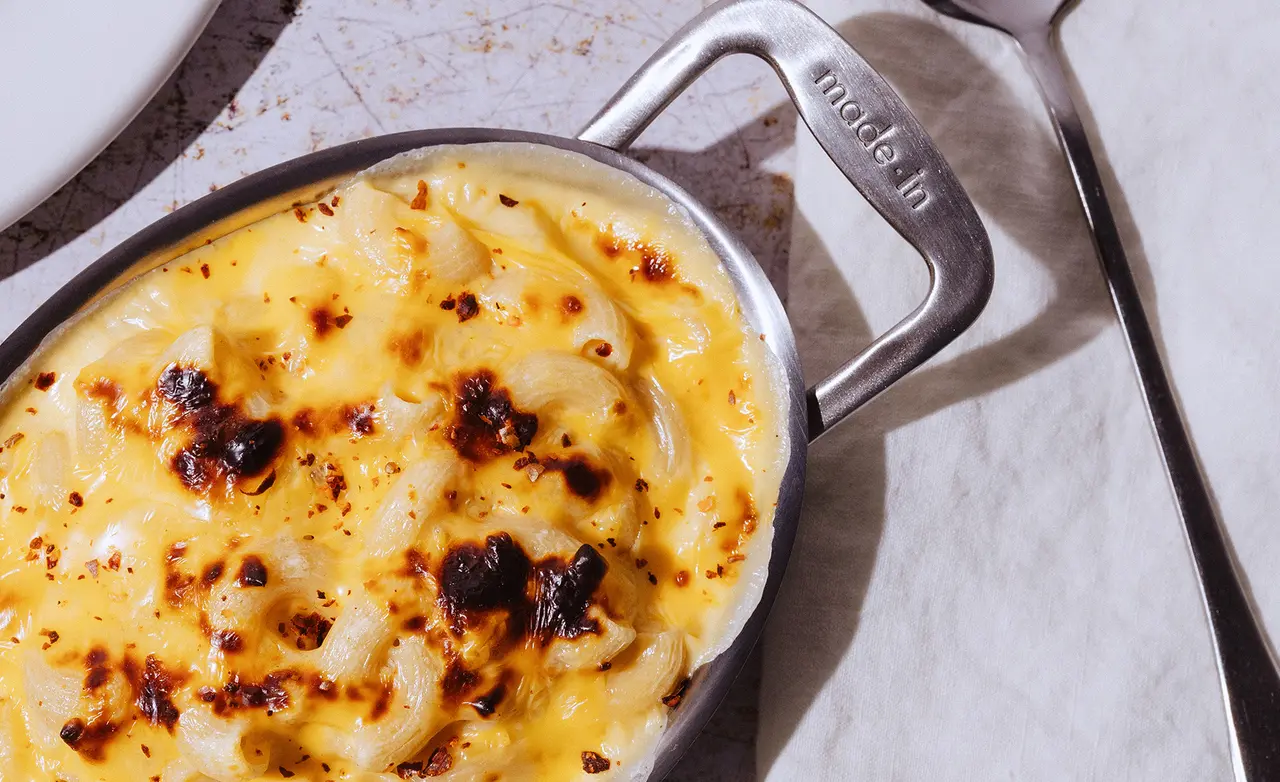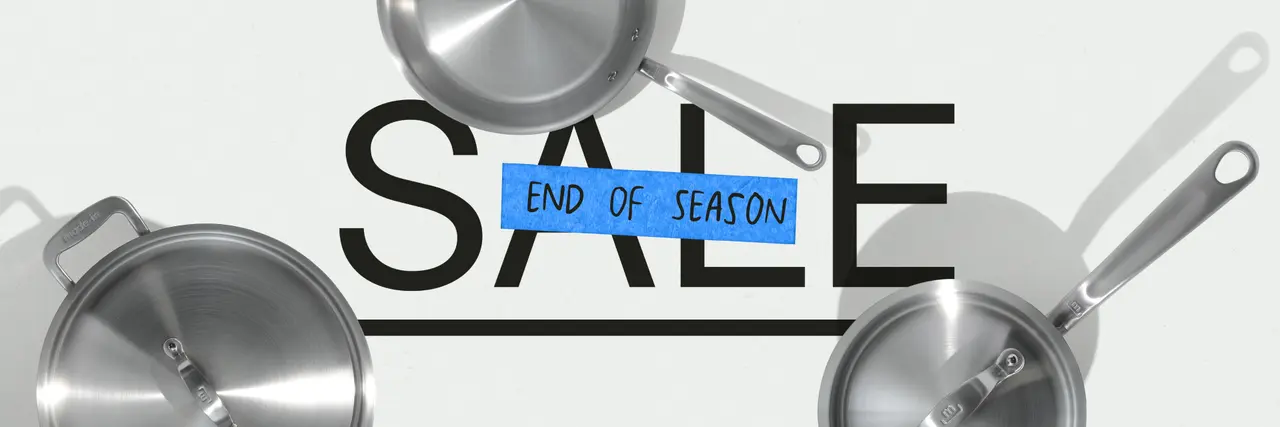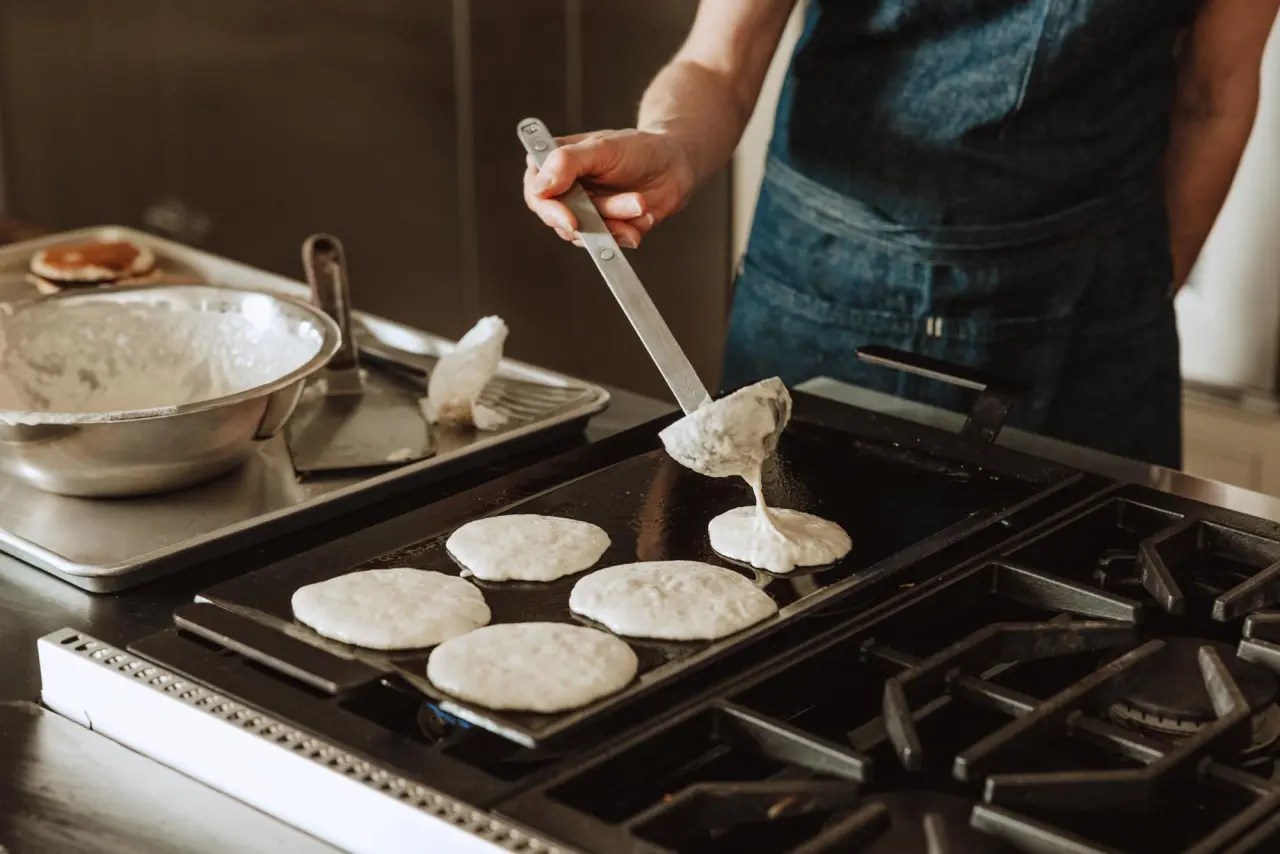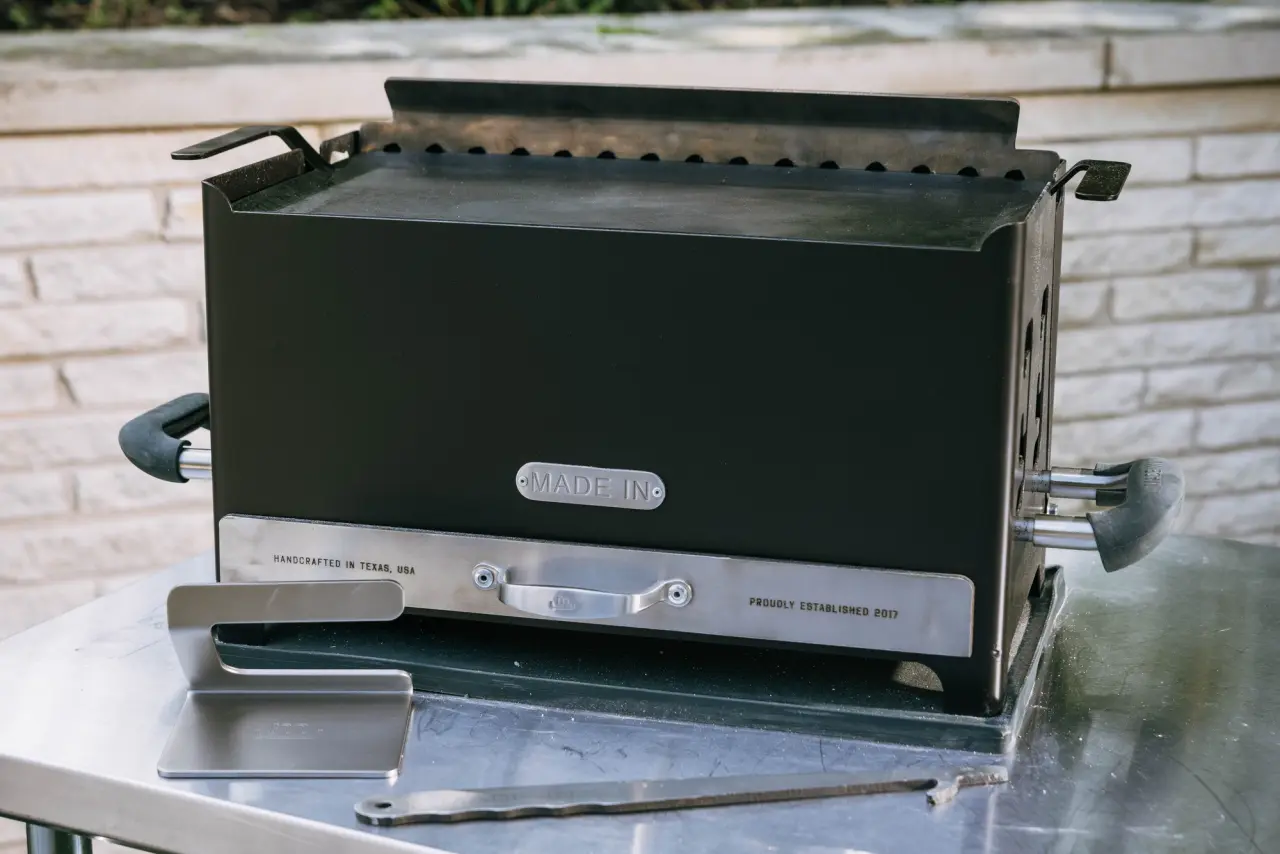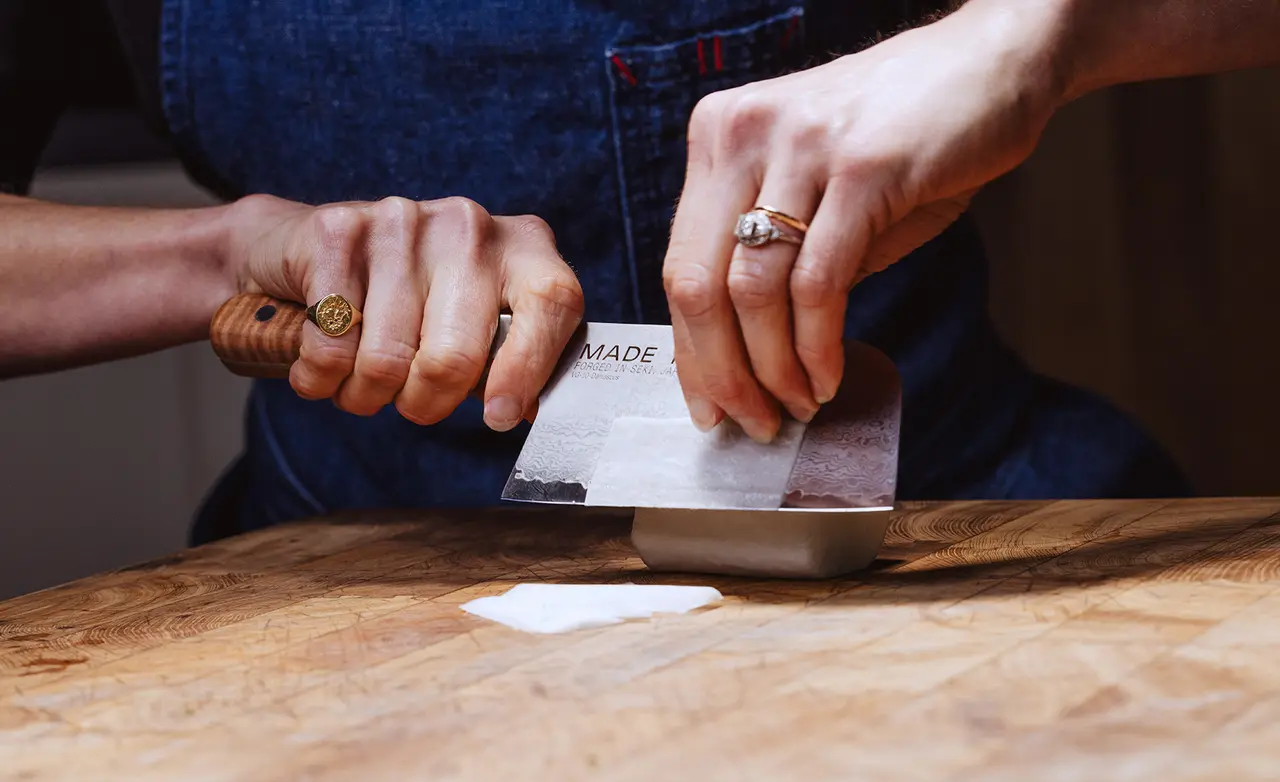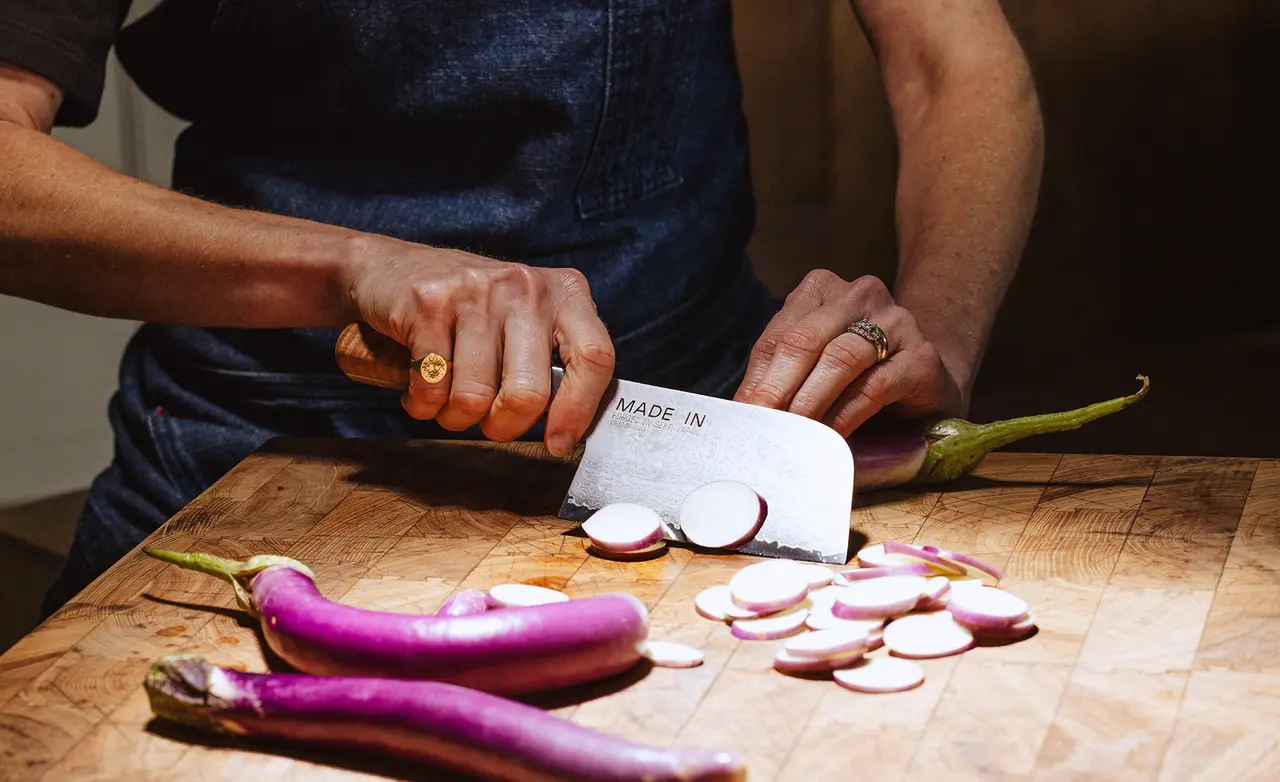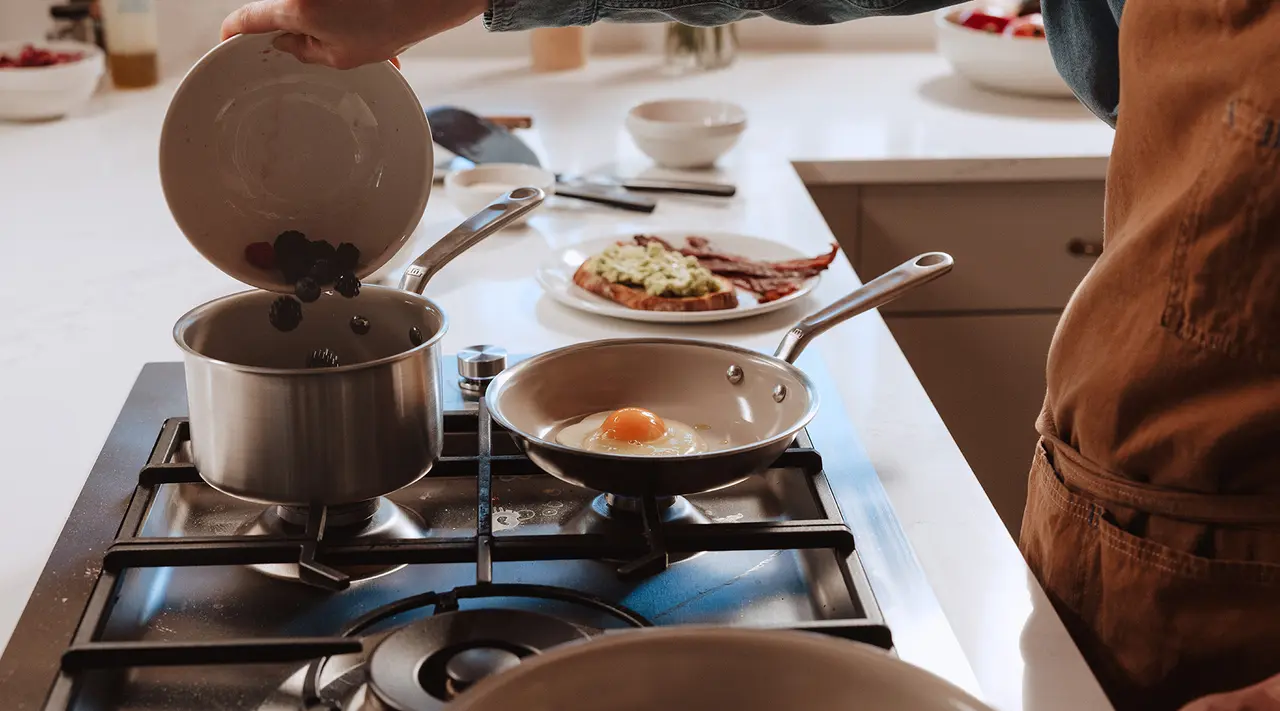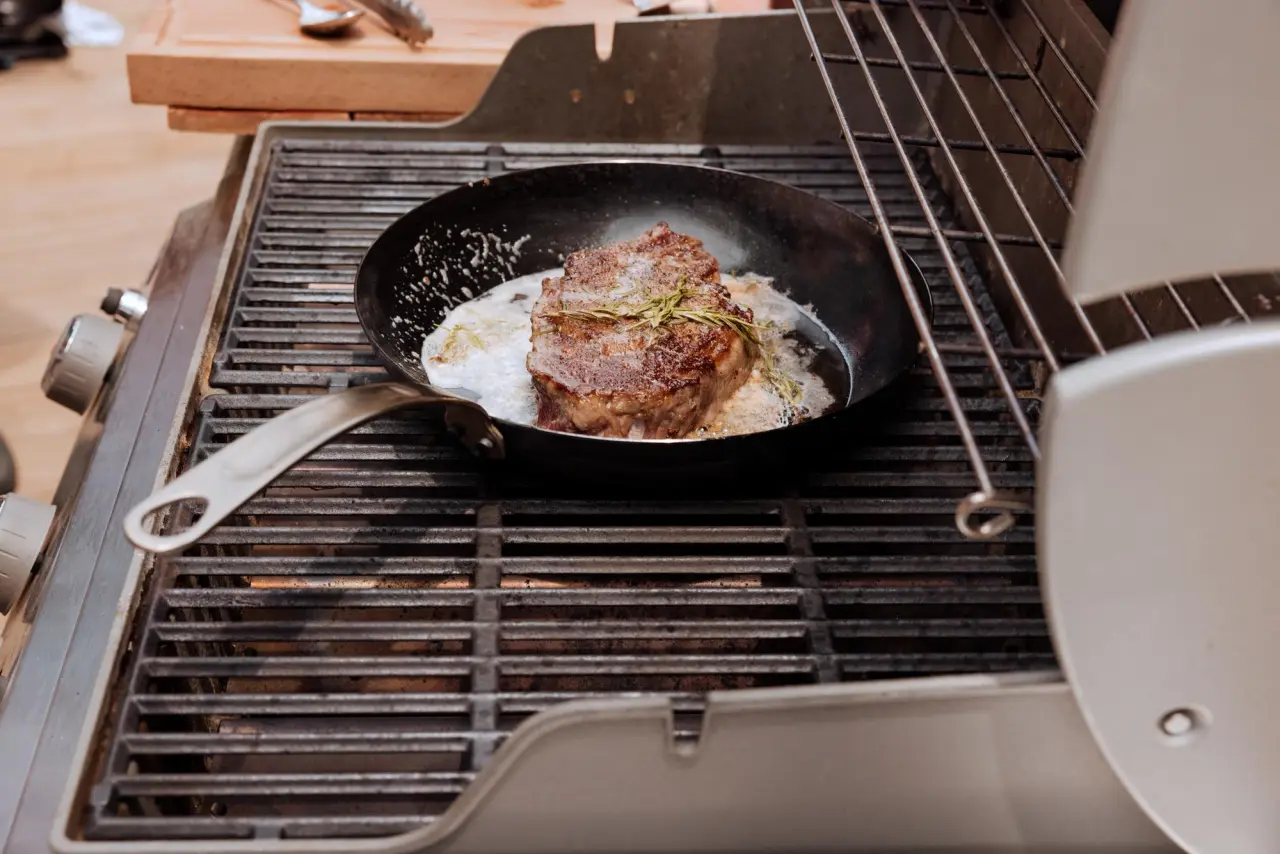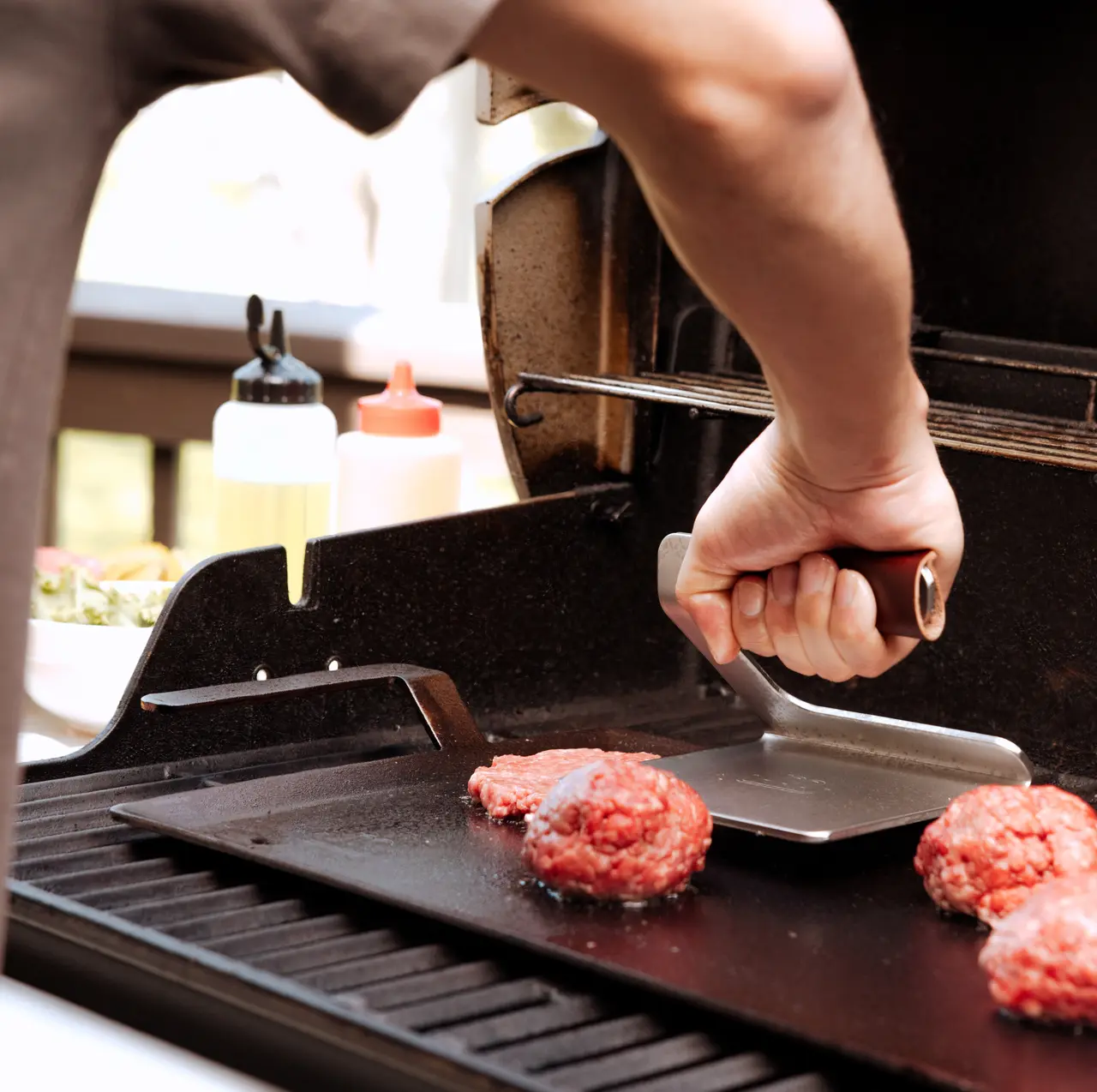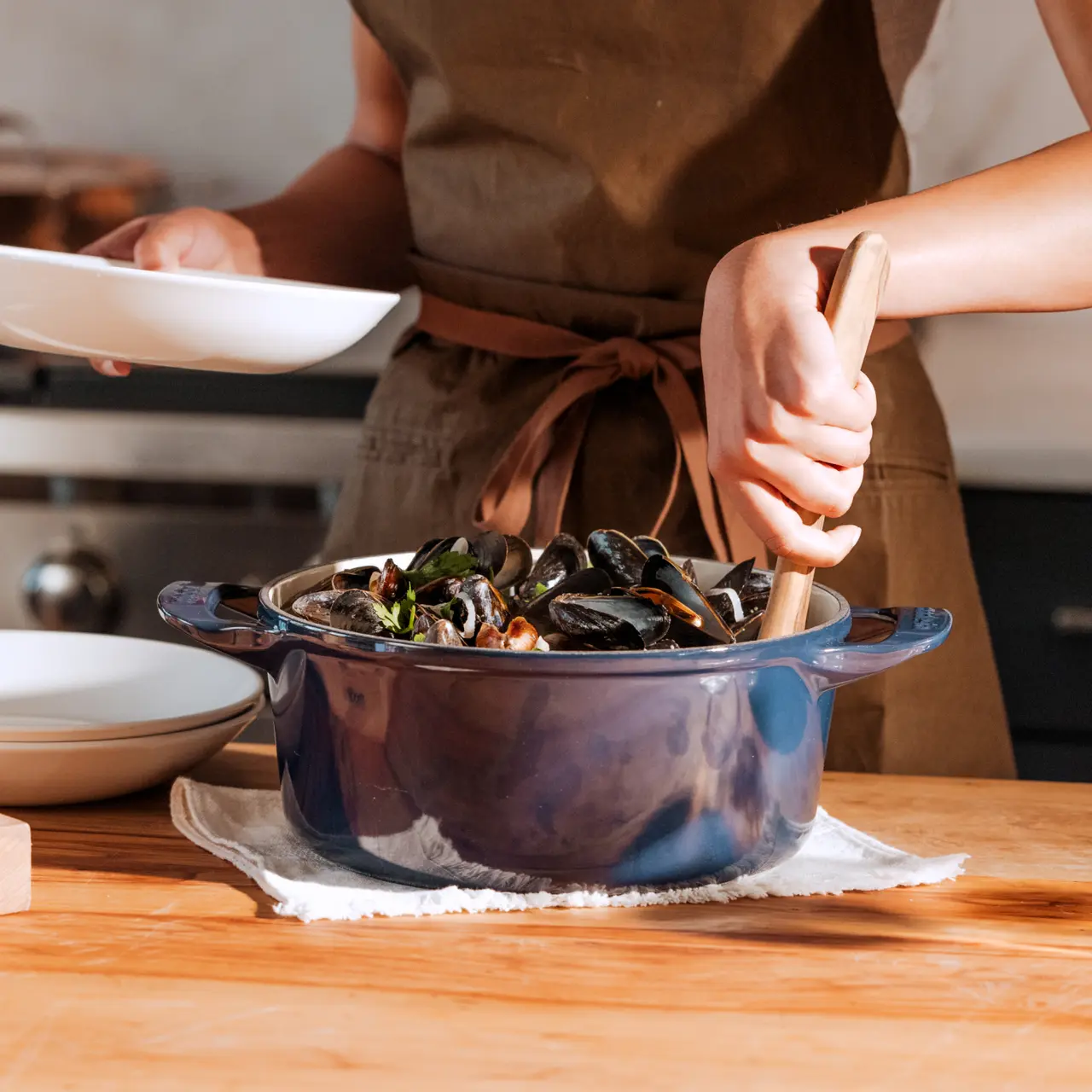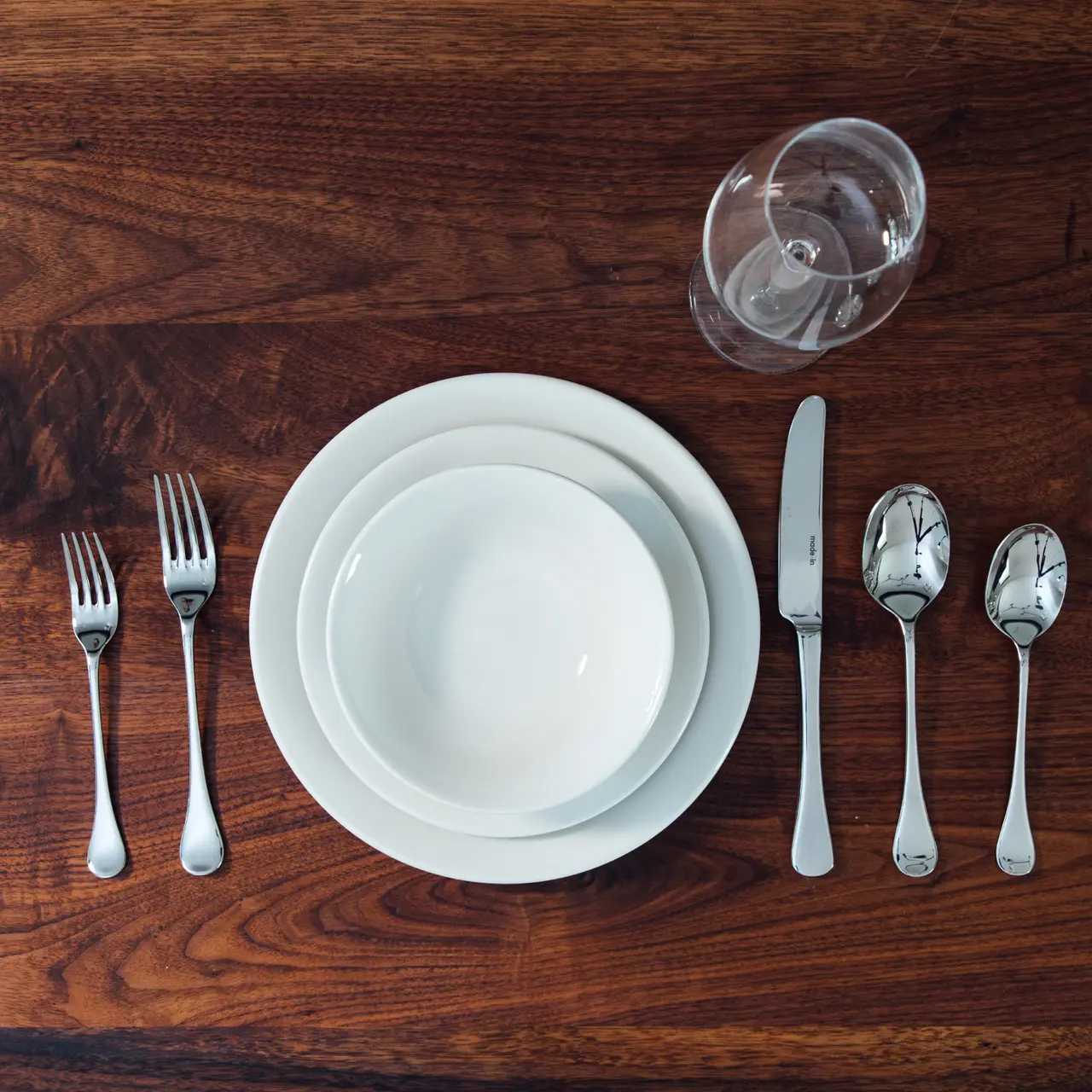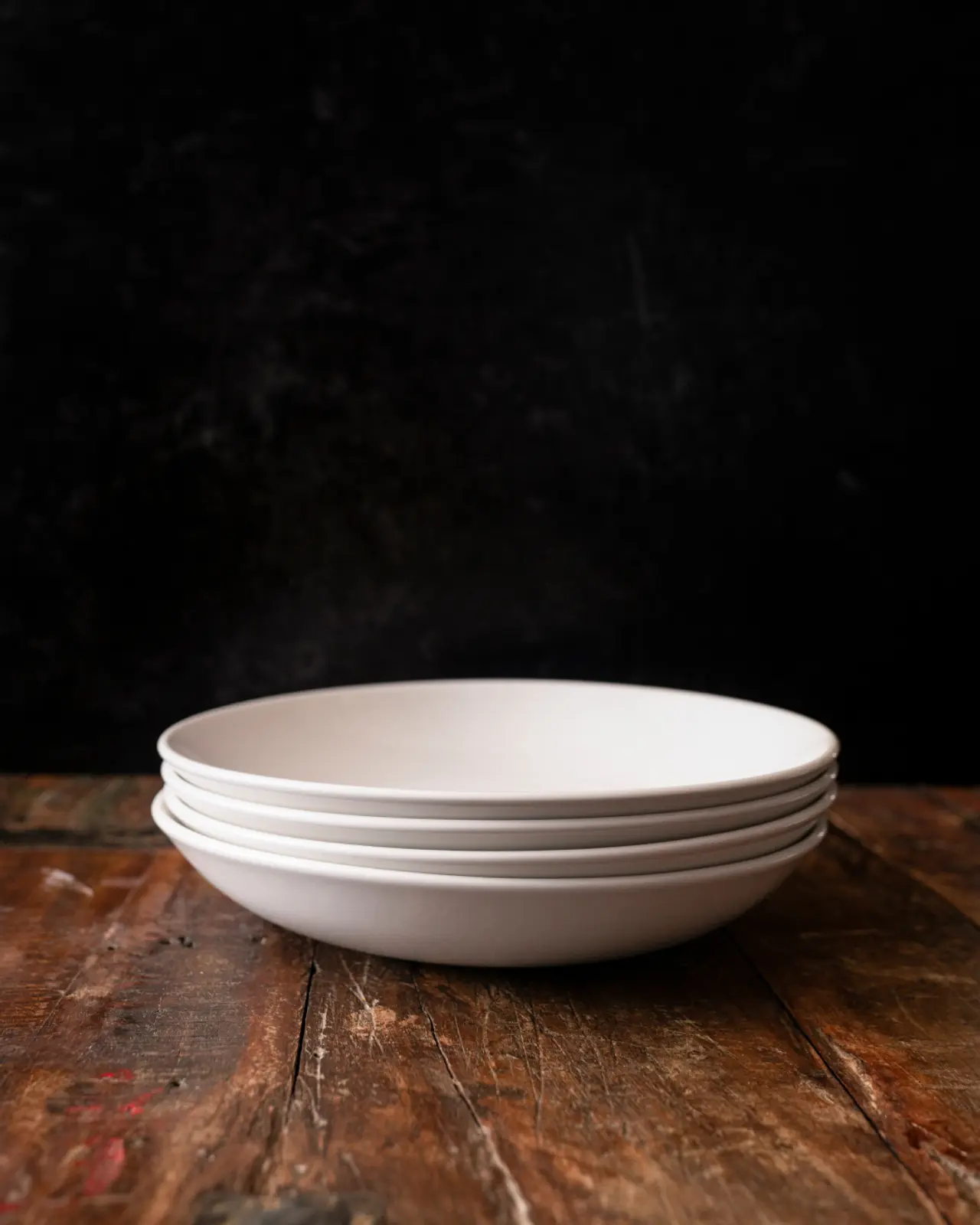Think “gratin” and the first image that comes to mind is probably a cheesy, golden brown casserole of sliced potatoes and cream—aka, the classic potatoes Au Gratin. However, “gratin” refers to more than just a single recipe: it’s also a traditional French baking vessel, featuring low walls and a shallow, oval-shaped profile.
With so many different ways to use a gratin dish and to give our new Stainless Steel Gratin Dishes—previously a restaurant exclusive—a warm welcome, we wanted to give this undersung piece of cookware its due: from mac and cheese to meatballs, here’s everything these dishes are capable of.
What Is an Au Gratin Dish Used for?
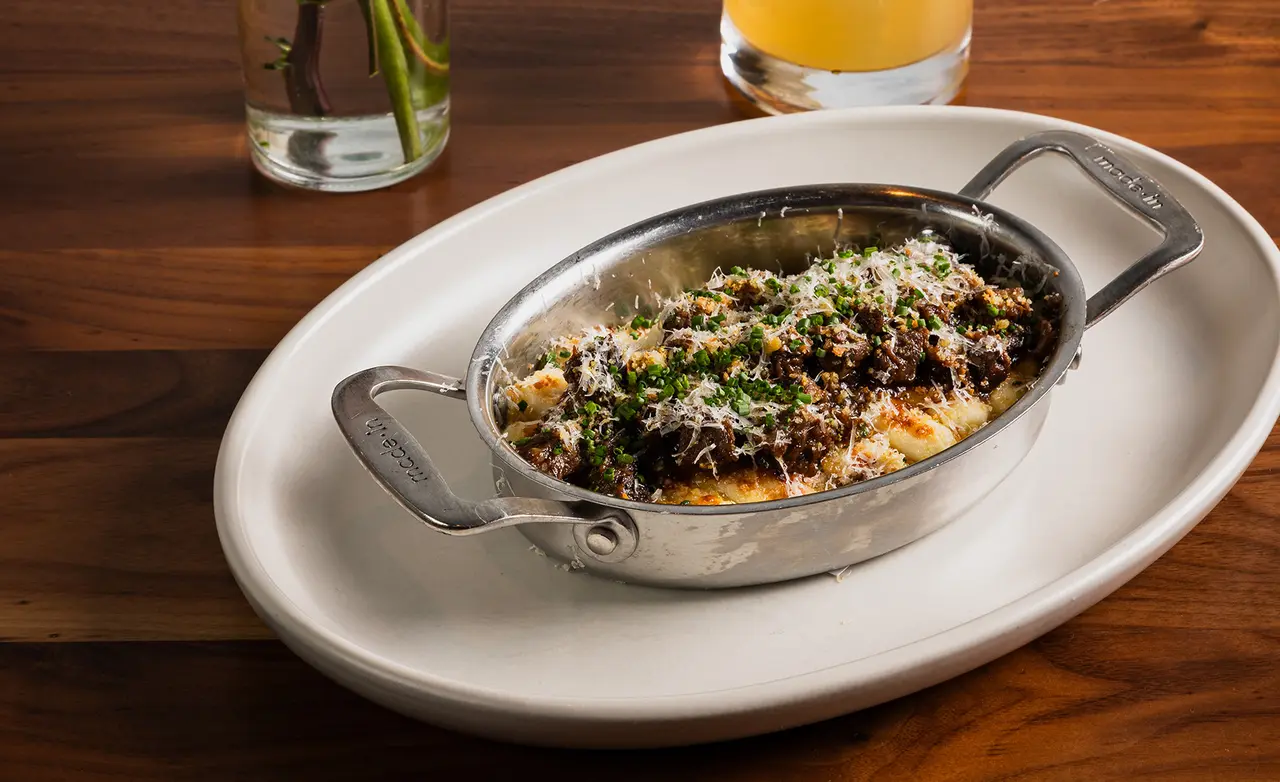
As mentioned, a gratin dish can be used for way more than just the traditional potatoes Au Gratin. While the low walls and relatively small size might seem like a disadvantage, they’re actually a gratin’s most important feature, allowing food to heat through quickly and evenly while encouraging surface browning (fun fact: the term gratin is derived from the French verb gratiner, or “to broil”).
Baking a small casserole or two-person portion of mac and cheese? A gratin dish is your best bet. While a larger dish—such as our Oval Baking Dish—might work in a pinch, a small gratin dish is designed to help achieve that perfect ratio of gooey, soft, perfectly-cooked pasta or potatoes to crunchy bronzed lid.
To help get the most out of a gratin dish’s shape and proportions, gratins (and gratin-esque dishes) typically consist of small, evenly-sized pieces of food, which enables the dish to cook through quickly and evenly. Gratins are typically uncovered for all or part of the baking process, helping achieve that signature bronzed lid. A topping of breadcrumbs or grated cheese isn’t required, per se, but it is highly encouraged.
Key Features of an Au Gratin Dish
The traditional French gratin dish is shallow and shaped like a long, narrow oval, helping to evenly distribute heat. It’s also typically made from porcelain or enameled stoneware, both of which offer excellent heat distribution.
While we’re fans of both of these traditional options, however, we have a slight preference for gratin dishes made from stainless steel. Since these were developed for our restaurant customers, quick and even heat circulation was a must. Stainless steel ensures consistently cooked food and a bronzed—not burnt—top and bottom crust. The result is a gratin dish that can be used for an even wider range of recipes, from quickly broiled vegetables to slower-cooked dishes like baked mac and cheese.
Since stainless steel is also incredibly durable, you can worry less about your gratin dish getting stained or warping under the broiler—though you should still be careful when cleaning it: we recommend handwashing all of your stainless steel cookware to maintain its sheen, prevent deep scratches, and protect it from rust and corrosion (yes, stainless steel can rust if poorly maintained).
Benefits of Having an Au Gratin Dish
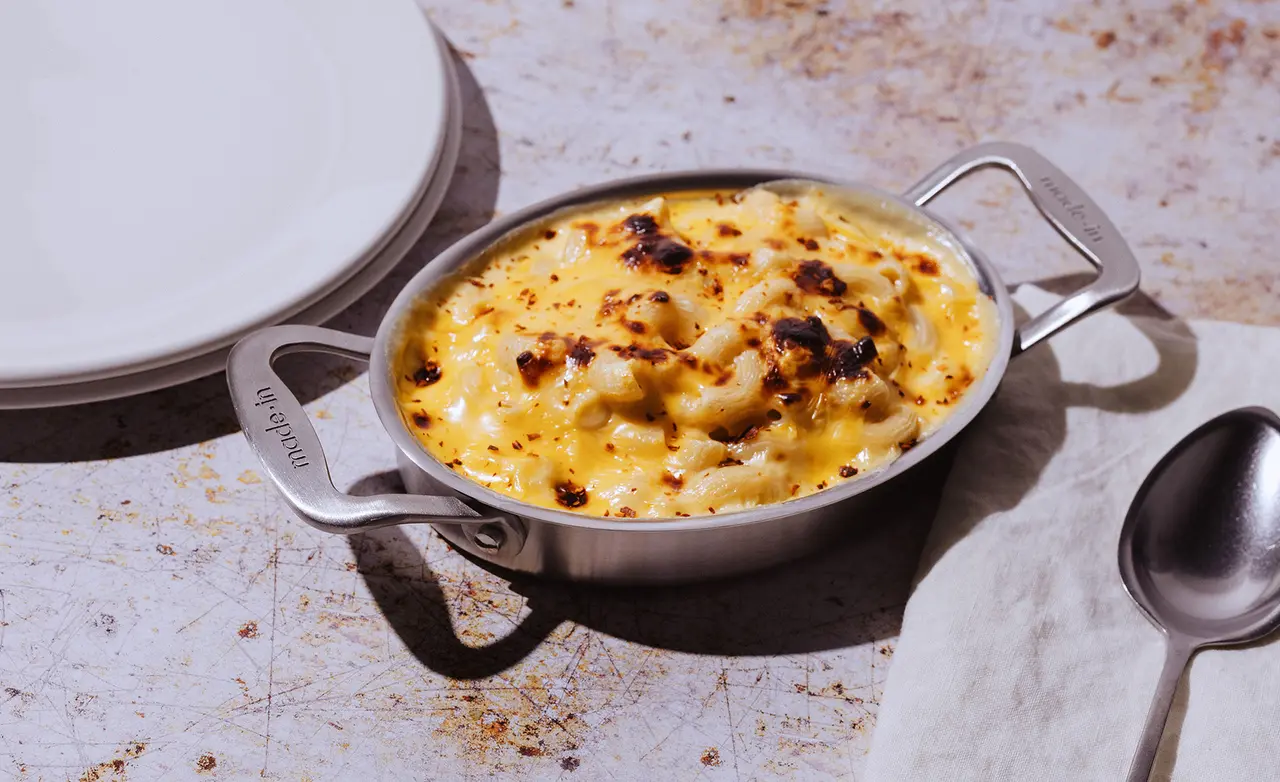
- Perfectly shaped for traditional French gratin preparations, yet versatile enough for any small casserole or baked dish
- Home cooks can now choose from restaurant-quality options made from materials like 18/10 stainless steel
- With a sleek, minimalist profile and the choice between circular and oval shapes, stainless steel makes for an elegant oven-to-table serving piece
- Stainless steel is warp-resistant, stain resistant, and non-reactive, making for a rugged yet beautiful piece that’s easy to maintain
Ready to Cook?
Still not sure what to cook in a gratin dish (aside from potatoes)? Try a half recipe of Brisket Mac & Cheese or bubbling eggplant Parmesan; warm up last night’s leftovers; or roast a small portion of asparagus or broccoli for a quick side dish—our Stainless Steel Gratin Dishes makes all your faves taste bistro-worthy.
